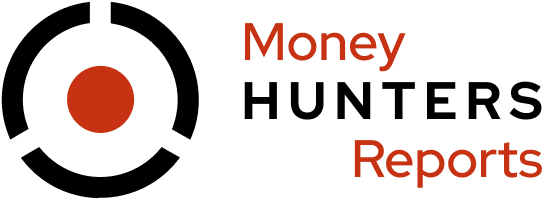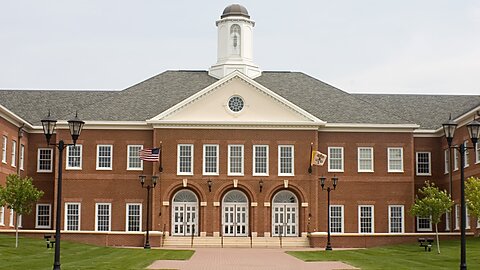Colleen Hroncich
As school choice programs surged in 2025—driven by new and expanded education savings accounts (ESAs), vouchers, and tax credits—families in many states gained greater freedom to select learning environments that meet their children’s needs. But access to funding doesn’t guarantee access to options. Without a sufficient supply of private schools, even the most generous school choice policies can fall short. That’s where the Cato Private Schooling Status Tracker comes in. By monitoring private school openings and closures, it offers a year-by-year snapshot of the sector’s health—helping policymakers, parents, and educators assess whether school choice is truly leading to more choices.
Each year, from August 1 through July 31, the tracker compiles announcements of private school openings and permanent closures, primarily through media sources. For the 2024–25 cycle, it recorded 37 openings and 50 closures, resulting in a net loss of 13 schools. That continues a trend of modest annual declines: In 2023–24, there was a net loss of 12 schools; in 2022–23, a loss of seven. While these numbers reflect a relatively stable landscape compared to the post-COVID collapse—when closures topped 100 in a single year—they also show that the sector has not yet entered a period of growth.
Fortunately, 2025 brought major policy shifts that could help change that. Idaho launched its first private school choice program through a refundable tax credit, giving families more flexibility over how they use their education dollars. Indiana eliminated the income cap on its Choice Scholarship voucher, making it universally available beginning in 2026. Tennessee passed the Education Freedom Act of 2025, establishing a universal ESA program. Texas followed with SB 2, allocating $1 billion to create its own universal ESA. And in Wyoming, the state removed income restrictions from its ESA program, making it fully universal for the 2025–26 school year.
Alongside the tracker, Cato’s fifth annual Private School Enrollment Survey offers deeper insight into the current landscape. Covering the 2023–24 to 2024–25 school year, the survey found that 40 percent of private schools reported enrollment gains, 32 percent saw declines, and 28 percent remained stable. The mean change in enrollment per school was a gain of 3 students. Although enrollment growth continues, it appears to be slowing; fewer schools are reporting gains year over year, while the share reporting losses is rising. The post-pandemic enrollment boom may be tapering, even as demand for educational options remains strong.
That makes the health of the private school sector more important than ever. Private schools operate in a highly competitive environment—one where their main rivals, public schools, are tuition-free and publicly funded regardless of performance. Even with new school choice programs in place, families don’t truly have options unless there are viable alternatives to choose from. Without policies that encourage growth and lower barriers to entry, the momentum behind educational freedom could stall.
Expanding access through ESAs, vouchers, and tax credits is essential—but it’s only half the equation. If the number of private schools doesn’t grow alongside these reforms, the promise of choice is more symbolic than real. By continuing to track school openings, closures, and enrollment trends, we can better understand whether the private education sector is keeping pace—and what more needs to be done to ensure that every student has access to an education that fits.









